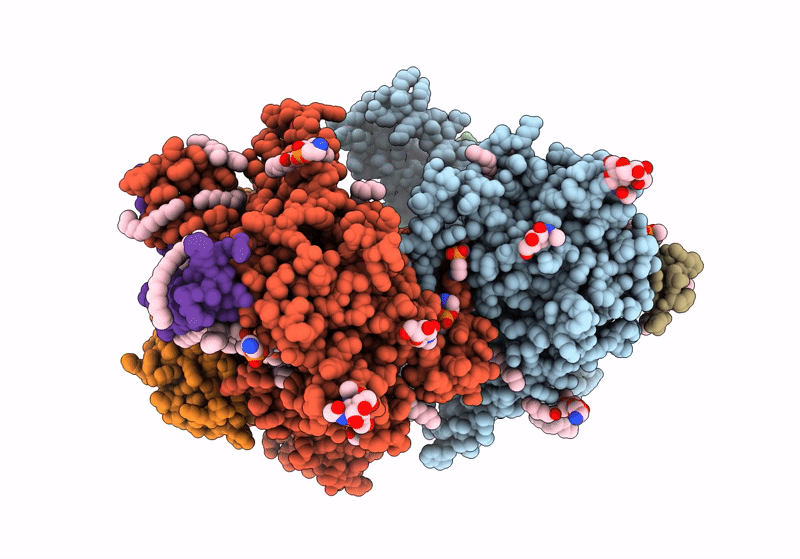
Deposition Date
2023-07-25
Release Date
2024-03-27
Last Version Date
2024-03-27
Entry Detail
Biological Source:
Source Organism:
Caenorhabditis elegans (Taxon ID: 6239)
Host Organism:
Method Details:
Experimental Method:
Resolution:
2.90 Å
Aggregation State:
TISSUE
Reconstruction Method:
SINGLE PARTICLE


